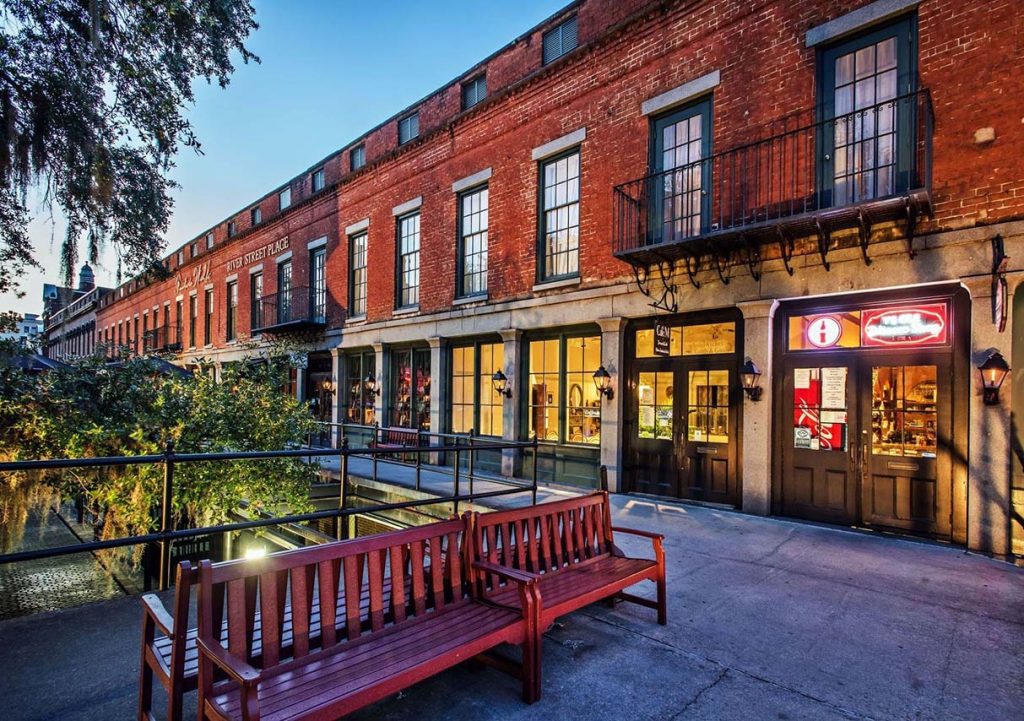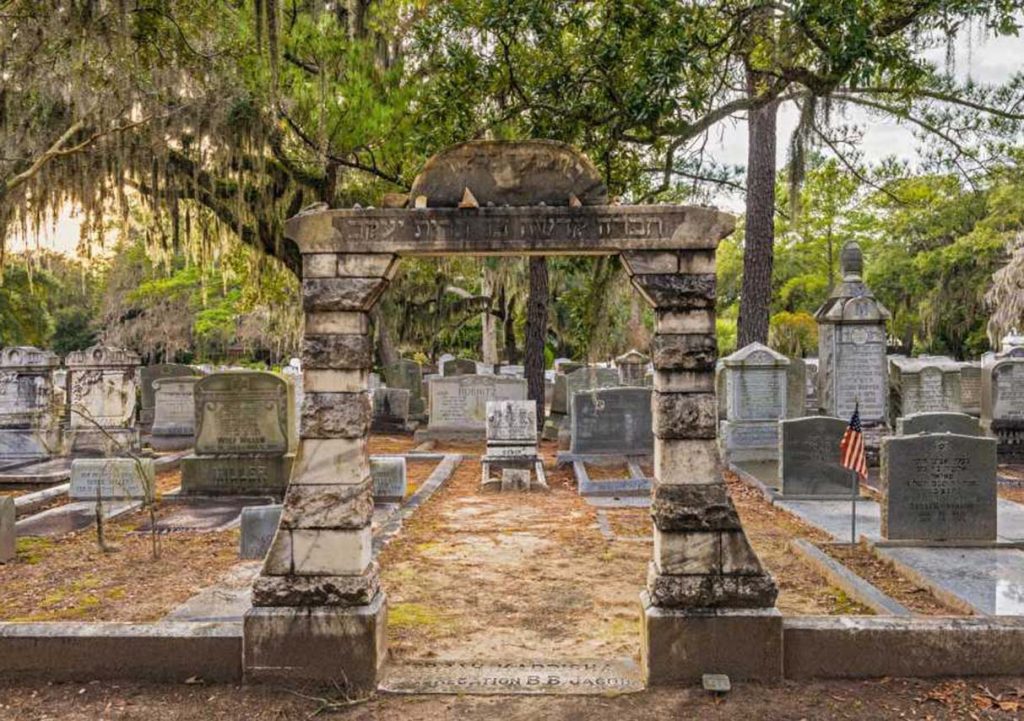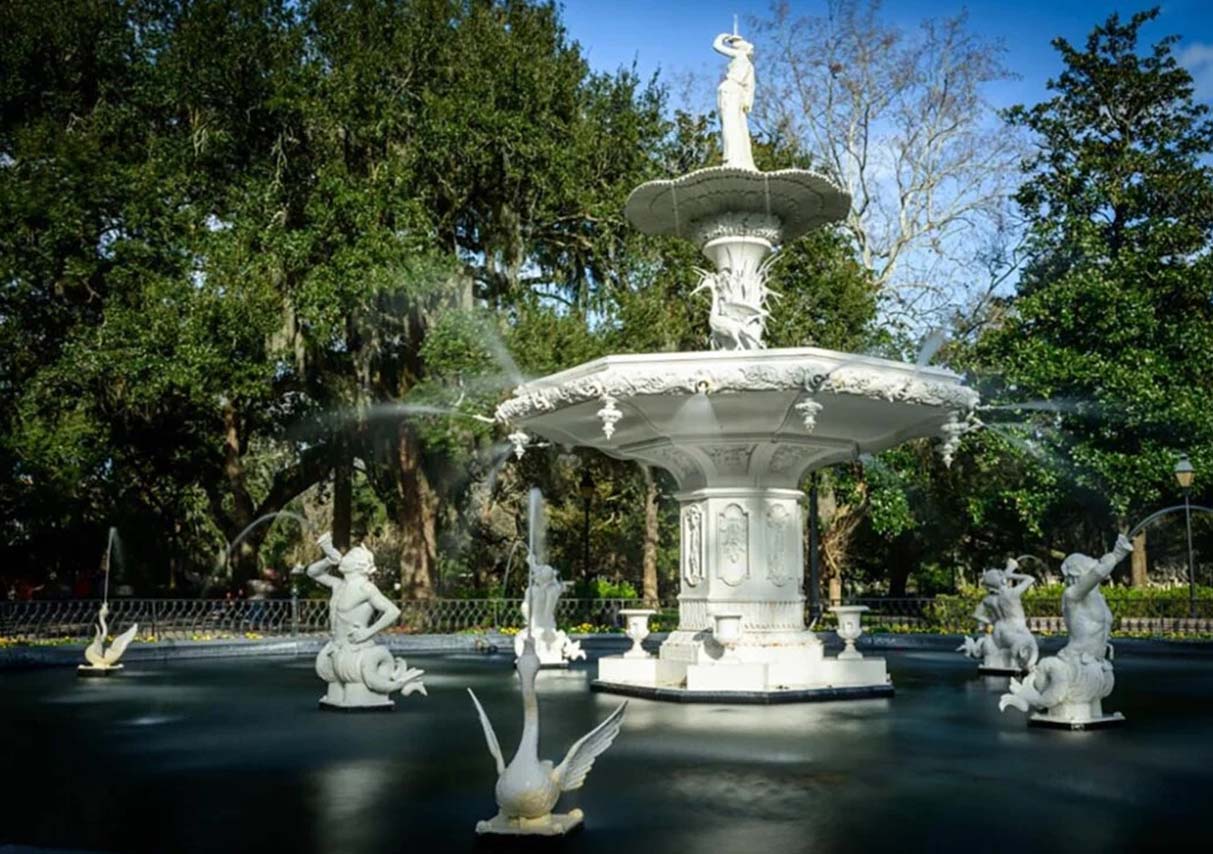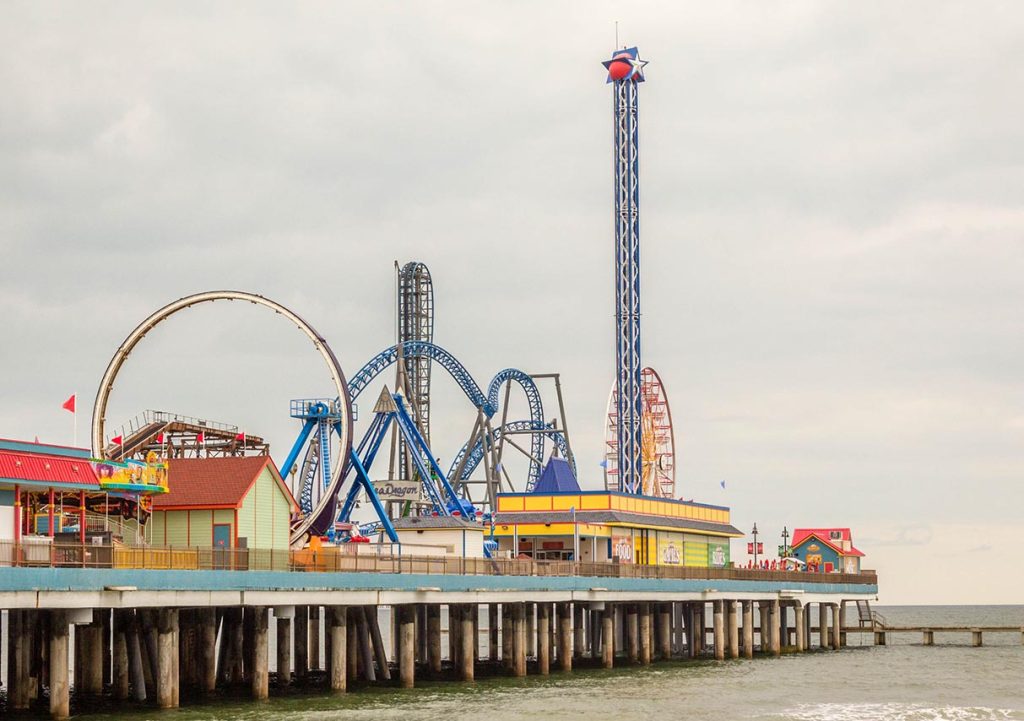As I strolled down the cobblestone streets of Savannah, Georgia, I couldn’t help but feel like I had stepped back in time. With its enchanting historic district and well-preserved landmarks, Savannah is a city that oozes history from every corner. My journey through this time capsule was nothing short of awe-inspiring. I will take you on a captivating tour of the city’s rich historical sites, sharing my experiences and insights, and offering tips to make the most of your visit.
Chapter 1: Forsyth Park and the Forsyth Fountain
As I embarked on my historical journey through Savannah, my first destination was the iconic Forsyth Park. This sprawling 30-acre oasis has been a cherished centerpiece of the city for over a century, drawing visitors and locals alike with its serene beauty and rich history.
Forsyth Park’s origins trace back to the 1840s when it was established as a public square named for Georgia Governor John Forsyth. Over the years, it underwent expansion and redesign, particularly in the 1850s, when it took inspiration from the grand parks of Paris. Walking into the park, I could sense the layers of history that have unfolded here, making it an essential starting point for any traveler looking to immerse themselves in Savannah’s past.
The park’s lush greenery, meticulously manicured gardens, and tranquil fountains create an atmosphere of serenity that contrasts wonderfully with the hustle and bustle of modern life. But what immediately captured my attention was the majestic Forsyth Fountain, the park’s crown jewel.
The Forsyth Fountain, an ornate cast-iron masterpiece, was added to the park’s north end in the 1850s. Its design was inspired by the magnificent fountains found in the Place de la Concorde in Paris. Standing before this impressive work of art, I couldn’t help but be transported to a bygone era, where elegance and craftsmanship were celebrated.
Cost: One of the most appealing aspects of Forsyth Park is that it’s entirely free to enter. This makes it an excellent choice for budget-conscious travelers looking to explore the city’s history without breaking the bank.
Time Spent: While you can certainly take a leisurely stroll through the park in an hour or so, I recommend setting aside at least a couple of hours to fully immerse yourself in the park’s beauty, perhaps enjoying a picnic on one of its many shaded lawns.
Tips: Forsyth Park is a photographer’s paradise, so don’t forget to bring your camera or smartphone to capture the beauty of the landscape and the Forsyth Fountain. If you have the opportunity to visit in the spring, you’ll be treated to a breathtaking display of azaleas in full bloom, creating a riot of colors that further enhances the park’s allure.
As I continued my journey through Savannah’s historical landmarks, I felt a deep appreciation for places like Forsyth Park, where the city’s rich past seamlessly merges with its vibrant present. It was the perfect starting point for my exploration, setting the tone for the historical treasures that awaited me in this captivating city.
Chapter 2: Historic Savannah Theatre

My historical journey through Savannah continued, and my next destination was the enchanting Historic Savannah Theatre, often lovingly referred to as “Savannah’s Playhouse.” Situated in the heart of the city on Chippewa Square, this theatre boasts a legacy of entertainment and culture that stretches back to its grand opening in 1818, earning it the distinction of being one of the oldest continually operating theatres in the United States.
As I approached the theatre, I couldn’t help but admire its classical architecture and the timeless elegance that seemed to seep from its very bricks. The exterior exuded an air of sophistication that hinted at the centuries of performances that had graced its stage.
Stepping inside, I was transported to a different era. The interior of the Historic Savannah Theatre was a delightful blend of old-world charm and grandeur. Velvet curtains framed the stage, gilded accents adorned the walls, and intricate chandeliers cast a warm, inviting glow. It was as if the theatre itself was a living testament to the city’s rich history and cultural heritage.
While I had the opportunity to attend a live performance during my visit, I was equally enthralled by the architecture and atmosphere of the theatre itself. The performance was a showcase of remarkable talent, featuring talented actors who effortlessly transported the audience to another time and place through their craft.
Cost: Ticket prices for shows at the Historic Savannah Theatre can vary depending on the production and seating. While it may not be the most budget-friendly activity in Savannah, I wholeheartedly believe it’s worth the expense for a taste of the city’s theatrical heritage.
Time Spent: To fully appreciate the Historic Savannah Theatre, I recommend setting aside at least a couple of hours. This will allow you to attend a performance or take a guided tour of the theatre, both of which offer unique insights into its history and significance.
Tips: To make the most of your visit to the theatre, it’s a good idea to check the schedule in advance and book your tickets early, especially during peak tourist seasons. While matinee performances are a delightful option, I found that the evening performances, with the theatre bathed in soft, golden light, added an extra layer of enchantment to the experience.
My time at the Historic Savannah Theatre left me with a profound appreciation for the performing arts and their role in preserving and celebrating a city’s history. It was a reminder that history isn’t confined to dusty books and fading photographs; sometimes, it comes to life on a stage that has witnessed centuries of stories, laughter, and applause.
Chapter 3: The Owens-Thomas House & Slave Quarters
My journey through Savannah’s history was not just a pursuit of architectural beauty and cultural richness; it was also an exploration of the city’s intricate and, at times, sobering past. To truly understand Savannah, one must delve into its complex history, and there’s no place better suited for this purpose than the Owens-Thomas House & Slave Quarters.
The Owens-Thomas House, an architectural gem designed by the renowned William Jay in the early 19th century, stands as a testament to neoclassical elegance and opulence. As I approached this historic mansion, its grand façade and stately columns commanded my attention, setting the stage for a journey through time.
Stepping inside the Owens-Thomas House was akin to crossing a threshold into a different era. The meticulously preserved interiors exuded an air of refinement and sophistication that transported me to the early 19th century. It was as if the whispers of bygone conversations and the echoes of genteel laughter still lingered in the air.
The guided tour of the house provided valuable insights into the lives of the affluent homeowners who once resided within its walls. From the exquisitely decorated rooms to the fine art and period furniture, each detail painted a vivid picture of the privilege and prosperity enjoyed by the elite of Savannah’s past.
Yet, it was the adjacent Slave Quarters that cast a shadow over this opulence, reminding visitors of the stark social realities of the time. Just steps away from the grandeur of the Owens-Thomas House, these modest quarters were once inhabited by enslaved individuals who toiled on the property.
The juxtaposition of the mansion and the Slave Quarters was a poignant reminder of the stark divide that characterized the antebellum South. It was a testament to the often-overlooked stories of resilience and struggle that are an integral part of Savannah’s history.
Cost: Admission to the Owens-Thomas House & Slave Quarters includes a guided tour of both locations. While prices may vary, I found it to be a valuable and educational experience that shed light on a less-explored aspect of the city’s history.
Time Spent: To fully appreciate the Owens-Thomas House & Slave Quarters, I recommend setting aside approximately two hours. The guided tour is both informative and thought-provoking, allowing visitors to delve into the complexities of Savannah’s past.
Tips: Take full advantage of the guided tour, as it provides valuable context and historical insights. While exploring the Owens-Thomas House may dazzle you with its elegance, it’s essential to take time to reflect on the history and stories that unfold during your visit. It’s a somber yet necessary part of the journey through Savannah’s rich and multifaceted heritage.
Chapter 4: Bonaventure Cemetery

As my exploration of Savannah’s historical sites unfolded, I found myself drawn to Bonaventure Cemetery, a place that seamlessly intertwines the city’s rich history with an otherworldly, Southern Gothic charm. Immortalized in the pages of “Midnight in the Garden of Good and Evil,” this hauntingly beautiful cemetery stands as a poignant reminder of Savannah’s storied past.
Upon arriving at Bonaventure, I was immediately struck by the cemetery’s ethereal ambiance. The grand oak trees, their branches draped in cascades of Spanish moss, cast dappled shadows that danced across the grave markers below. It was a scene of eerie yet enchanting beauty, where time seemed to stand still, allowing visitors to step back into the annals of history.
My journey through Bonaventure Cemetery felt like a sojourn into a different realm—one where the stories of the past lingered in the air and whispered secrets of days long gone. The graves themselves were works of art, adorned with intricate statuary and adorned with symbols that told the tales of those interred beneath.
One cannot explore Bonaventure without being captivated by the famous Bird Girl statue, which once graced the cover of “Midnight in the Garden of Good and Evil.” This iconic sculpture serves as a symbol of the cemetery and the allure of Savannah’s history.
What struck me most during my visit was the diversity of the individuals who found their final rest in Bonaventure. The graves bore the names of artists, soldiers, poets, and ordinary citizens, each with their own unique stories and contributions to Savannah’s rich tapestry.
Cost: Entry to Bonaventure Cemetery is free, making it an accessible destination for travelers with varying budgets. You can explore at your own pace, taking in the atmospheric surroundings and delving into the history that permeates the grounds.
Time Spent: To fully appreciate the nuances of Bonaventure Cemetery and immerse yourself in its history, I recommend setting aside at least a couple of hours. However, the level of interest and fascination you have with cemetery art and history may lead you to extend your visit.
Tips: Consider taking a guided tour of Bonaventure Cemetery to gain deeper insights into its history and the notable figures buried within. Knowledgeable guides can bring the stories of the cemetery to life, offering a more enriching experience. While exploring this sacred ground, remember to be respectful and mindful of the somber surroundings. Bonaventure is not only a place of beauty but also one of reflection and remembrance, where the past continues to echo through time.
My journey through Savannah’s historical landmarks left me with a profound appreciation for the city’s dedication to preserving its past. Each site I visited offered a unique glimpse into Savannah’s history, from the elegance of Forsyth Park to the somber reminders of the Owens-Thomas House & Slave Quarters and the haunting beauty of Bonaventure Cemetery.
Savannah’s history is alive in its streets, squares, and buildings, waiting to be discovered by those who are curious enough to explore. Whether you’re a history enthusiast or simply looking to immerse yourself in the city’s rich heritage, Savannah offers an unforgettable journey back in time.





